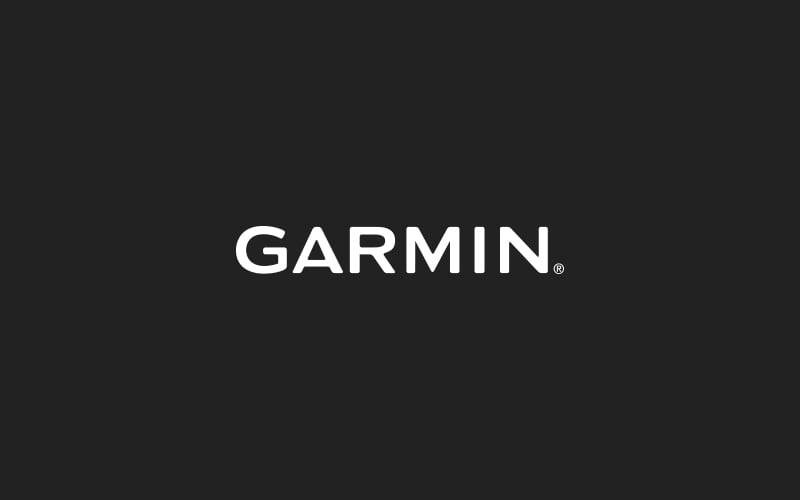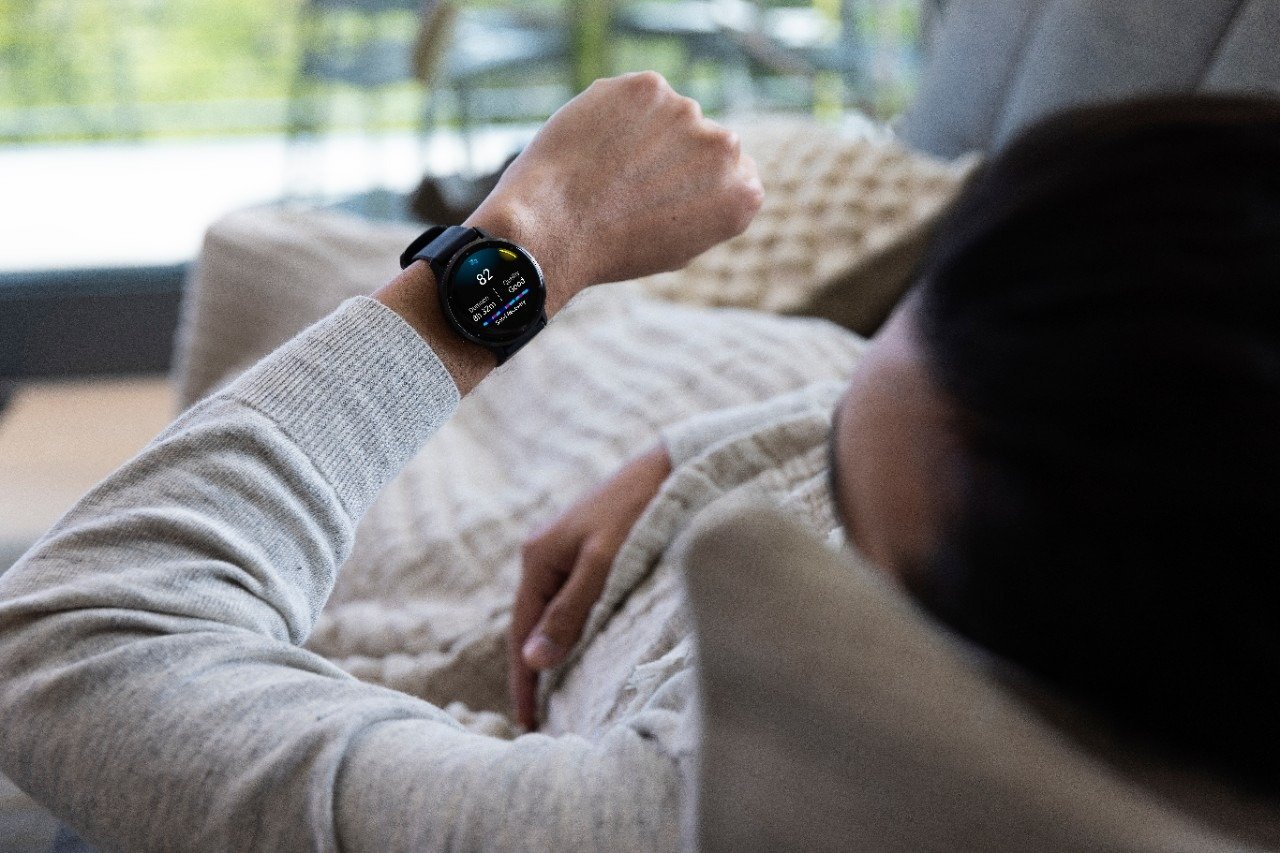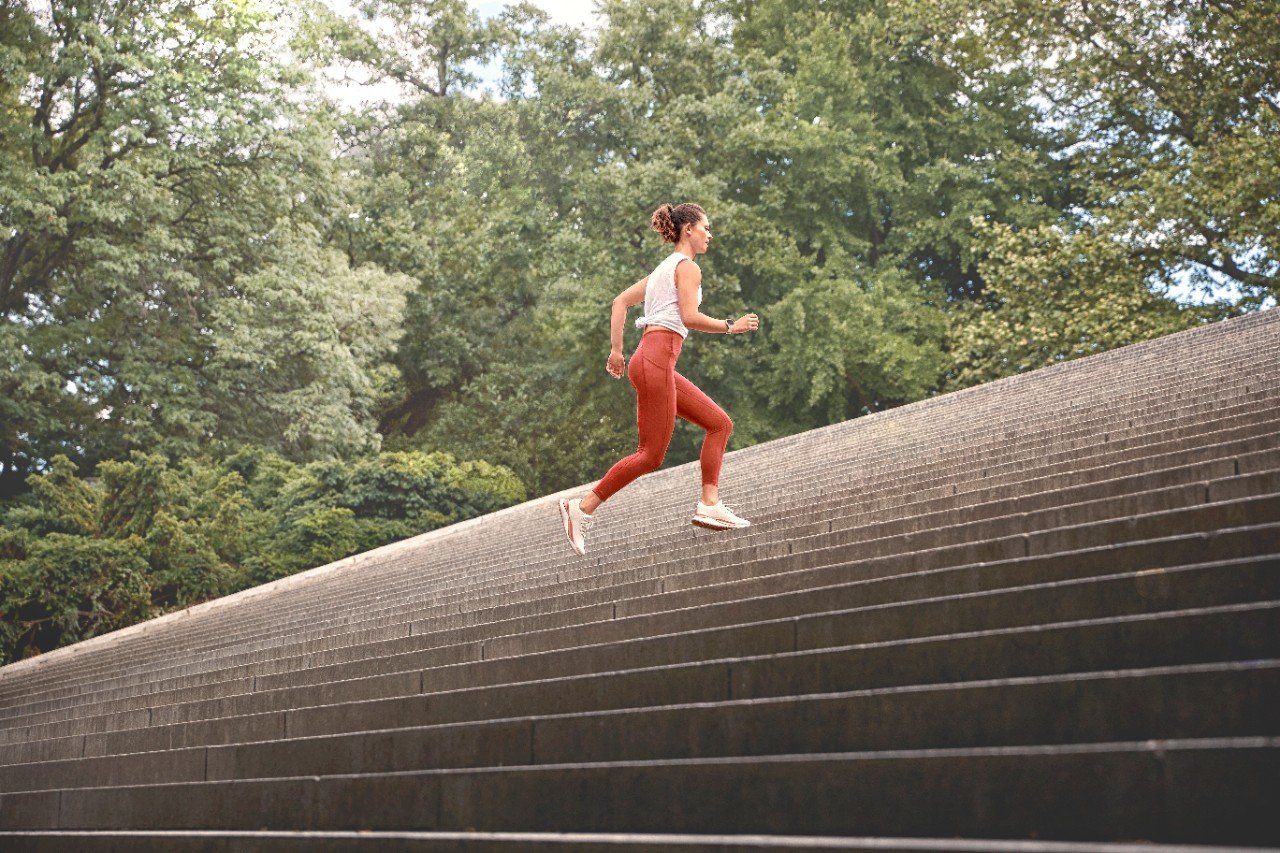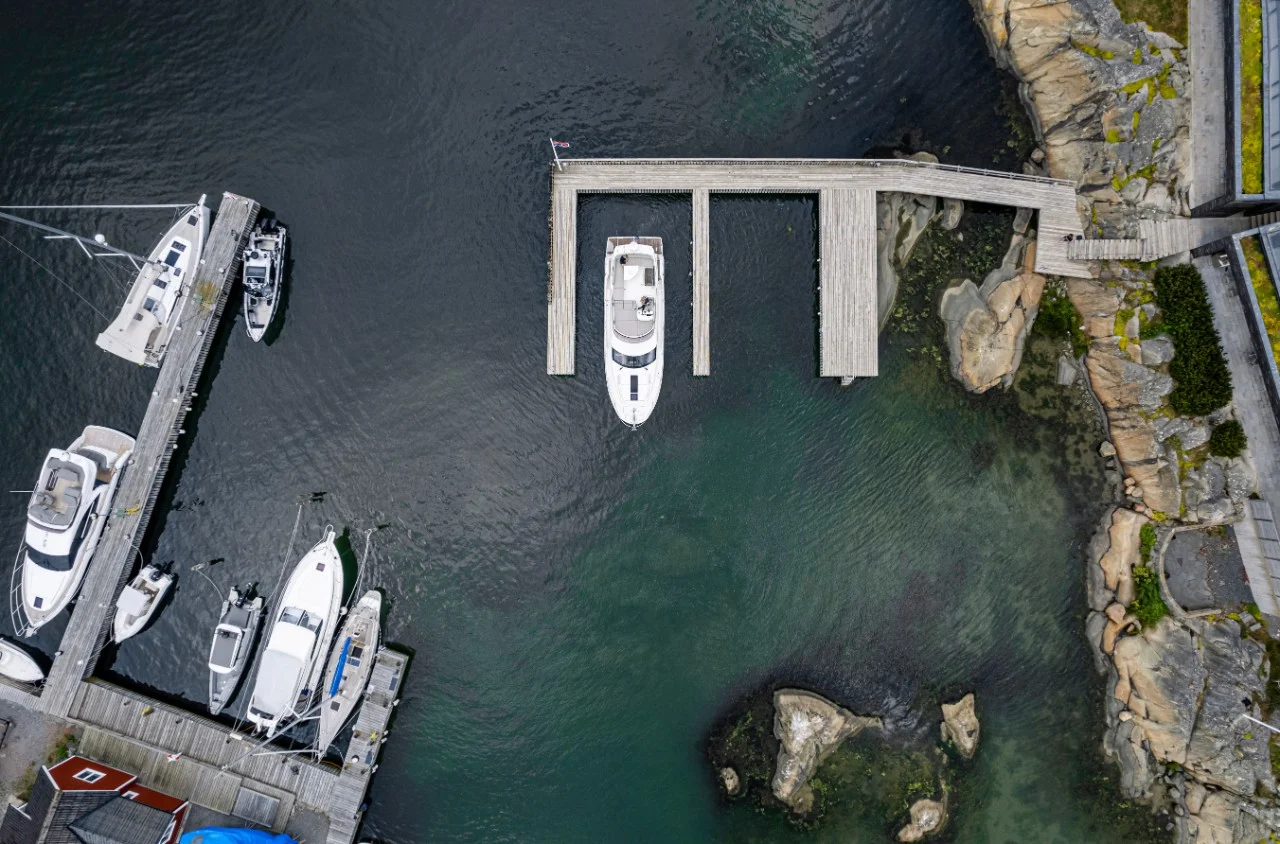
Ashley Skett, Clipper Race Skipper for team Garmin
With only a few days left racing on the Clipper Race which concludes in London on 30 July, we caught up with Skipper of the Garmin boat, Ashley Skett. The team have been sailing for almost a year, covering over 40,000 nautical miles, and are about to embark on their last race of the series – Den-Helder to London.
- You’re in the last stages of the Clipper Race with a few days to go until the start of Race 14! What is the feeling in the team right now?
The feeling among the crew is that of excitement, we’ve been anticipating the homecoming for a long time now – it’s regular topic of conversation. We definitely feel like this is the final hurdle, from Den Helder back to London, it will go in no time at all. There’s a huge buzz around the boat at the moment, which is great!
- How has the Race gone for you and the team?
Our race has continued to improve since the start. We’ve been constantly improving as the race has gone on and as a team we’ve grown so much. Our recent performances have been really good. Obviously you look back and there’s certainly things you’d do differently but we’d really like to be one of top three teams coming into London. This time last year, we never thought we’d be challenging the top three in the final stages. I’m really proud of the team and I think we certainly stand a good chance – but we’ll have to wait and see!
- Have you had a favourite stage/highlight in the Race so far? Why?
My highlight for the race was definitely the Sydney Hobart – a legendary race which was a privilege to take part in. The excitement and tension of the start line was great. Soon after we were hit by the southerly buster and kitemares, but we were then greeted by beautiful conditions entering Hobart and the welcome from the crowd was great, certainly something I’ll never forget. The crowds cheering as we crossed the finish line alongside the amazing boats and racing yachts, made quite the spectacle – a moment that will always stay with me.
- What’s been the biggest challenge you’ve had to overcome during the race?
Without doubt the Pacific crossing was the toughest part of the race for us. A couple of days stand out in my mind during the crossing that were particularly difficult to manage, with a bit of damage meant we had to spend a day making very few miles because we had to fix the boat. We had to work hard to pick ourselves up but we really bonded as a team through those difficult times, making getting over the finish line a very special moment. A big contrast between a difficult race but the elation of getting to the finish line and having made it across the Pacific was another high for me.
- What do you do to motivate each other when you’re all tired and racing gets tough?
It’s difficult to motivate at first – everyone’s focusing on the negatives but you have to communicate, sit everyone down and pick out the positives. We picked ourselves up and got back into the race, everyone has to carry on sailing and there is only one option for us: get the boat across the ocean and into port. My goal was to make them look forward, focus on the race and get the boat sailing. They’re a great bunch and they got on without any question, I’m really impressed with how they pulled through.
- How has the Garmin tech been supporting you throughout the Clipper Race?
We have some very useful Garmin devices on our boat including GNX 130, GMR 18 HD Radome, GMI 10, VHF 200, GPSMAP 6012 and gWind Race Transducer. The radar we use is the GMR 18 HD Radome, which we used constantly in the South China Sea as we were being hampered by fog, looking for squalls. We used GNX 130 mast instruments throughout the boat, they display a variety of information but we had them set up to display boat speed and wind direction, which is really handy as you can see the bow and the instrument within one field of vision so there’s no need to take your eye off the bow. This is great for the novice sailors who are learning to helm as it can be quite difficult at times, it definitely helps the learning process as they’re not distracted by anything else. We’ve also been using the VIRB XE, fixed onto the stern, although sometimes the guys wore them on their heads. We link that into our boat instruments and transfer the data so we can overlay the data onto video – you can get a feel for the speed we experienced when you can see a speedo in the corner of the screen over the top of the footage – it’s really cool.
- What has the technology helped you overcome?
The GMR 18 HD Radome really helped in the China Sea where visibility was poor. It was critical to configure the Radome in order to filter out the noise and see what we needed to see, which would’ve been the other boats or targets to avoid. It was very easy to configure and adjust from a kit point of view. Also the ability to teach guys at the helm with the GNX 130 was a great help too.
- What difference has the tech made/do you think it is giving you an edge and why do you think this?
Obviously all the boats have the same kit so it’s about how you use the technology more so than what you’ve got. We made sure we made best use of the settings, changing the update rate of the wind angles to ensure we weren’t chasing a wind angle and were steering at a set course. We configured the instruments to our style and we are definitely getting the most out of them.
- What’s your favourite feature of the Garmin kit and why?
My favourite bit of a kit, from a sailing point of view, is the GNX 130. Not only are they good for teaching they are very clear, easy to read and really adaptable to your own preferences. But from the media side, I’ve definitely been enjoying the VIRB XE and learning more about it, alongside my Garmin watch, the Quatix 3. I can link up the data from the boat to the watch, with GPS, but I’m still getting to grips with it, but overall very impressed.
- Anything else you want to share with us about your race and/or the Garmin kit?
The race has been an amazing experience, not just the sailing but also the stopovers. Meeting the Garmin employees and retailers, taking them out sailing was a lot of fun, you can definitely see that there’s a lot of individuals at Garmin who are very passionate about sailing and the equipment. They are a brilliant sponsor and we feel very proud to be representing their brand around the world.
For more information or to follow the team, please visit: www.clipperroundtheworld.com
For more information about Garmin, please visit: www.garmin.com




